Dive into Savings: Why a Variable Speed Pool Pump is Your Smartest Upgrade
March 28, 2025
Pool ownership is a joy, a source of relaxation, and a fantastic way to beat the heat. But let's be honest, it can also be a drain on your wallet, especially when it comes to energy consumption. The biggest culprit? Your pool pump. For years, single-speed pumps were the standard, humming away at full power regardless of the task at hand. But those days are over. Enter the “variable speed pool pump”, a game-changer promising significant energy savings and a quieter, more enjoyable pool experience.
If you're on the fence about upgrading, keep reading. This blog will dive deep into the world of variable speed pool pumps, explaining how they work, the benefits they offer, and why they're rapidly becoming the industry standard.
Understanding the Difference: Single-Speed vs. Variable Speed
Imagine driving your car constantly at top speed, even when you're cruising on the highway or navigating a parking lot. That's essentially what a single-speed pool pump does. It operates at a fixed RPM, drawing maximum power regardless of whether it's circulating water, running a cleaner, or backwashing the filter.
Variable speed pumps, on the other hand, are equipped with a motor that can adjust its speed based on the task at hand. They utilize a permanent magnet motor, a design that's significantly more efficient than the induction motors found in single-speed pumps. This allows them to run at lower speeds for extended periods, consuming dramatically less energy. By manipulating the speed, variable speed pumps can effectively clean and circulate water without the noise and energy waste associated with older models.
The Power of Slow and Steady: How Variable Speed Pumps Save You Money
The secret to the energy savings of variable speed pumps lies in the principle of *affinity laws*. These laws dictate that the power required to run a pump decreases exponentially as the speed decreases. For example, reducing the pump speed by half can reduce the power consumption by as much as 87.5%!
Think about it this way: circulating water, the primary function of your pump, doesn't require maximum flow all the time. Most of the day, a slower, gentler flow is sufficient to keep your pool clean and properly sanitized. Variable speed pumps excel at this, allowing you to run at low speeds for the majority of the time and ramp up the speed only when necessary, such as for backwashing or running a spa feature.
Beyond the Savings: Additional Benefits of Variable Speed Pumps
While energy savings are the biggest selling point, variable speed pumps offer a host of other benefits that contribute to a better pool ownership experience:
Quieter Operation: Running at lower speeds significantly reduces noise levels, creating a more peaceful and relaxing backyard environment. Say goodbye to the constant hum of your old single-speed pump!
Improved Filtration: Slower water flow allows for more effective filtration. Water passes through the filter media at a more gradual pace, allowing it to trap more dirt and debris, resulting in cleaner, clearer water.
Extended Equipment Life: By running at lower speeds, variable speed pumps experience less wear and tear, potentially extending the lifespan of the pump itself and other pool equipment connected to it.
Automation and Customization: Many variable speed pumps come with programmable controllers that allow you to set different speeds for different tasks and times of day. This gives you precise control over your pool's operation and maximizes energy savings. You can even integrate them with your smart home system for seamless control.
Environmentally Friendly: Reducing energy consumption directly translates to a smaller carbon footprint. By switching to a variable speed pump, you're contributing to a more sustainable future.
Making the Switch: What to Consider Before You Buy
Ready to take the plunge and upgrade to a variable speed pump? Here are a few things to consider:
Pool Size and Features:
Choose a pump that's appropriately sized for your pool's volume and the features you want to operate (e.g., waterfalls, spa jets).
Energy Star Certification: Look for pumps with the Energy Star label. These pumps have been independently tested and certified to meet strict energy efficiency standards.
Ease of Installation: While some DIYers may be comfortable with the installation process, it's often best to hire a qualified pool professional to ensure proper installation and prevent potential issues.
Budget: Variable speed pumps generally have a higher upfront cost than single-speed pumps, but the long-term energy savings can quickly offset the initial investment. Compare different models and factor in any potential rebates or incentives offered by your local utility company.
The Verdict: A Worthwhile Investment for Every Pool Owner
The transition to a variable speed pool pump is more than just an upgrade; it's a smart investment that pays dividends in energy savings, improved water quality, and a more enjoyable pool experience. While the upfront cost might seem daunting, the long-term benefits far outweigh the initial expense.
If you're looking to reduce your energy bills, improve your pool's water quality, and create a more peaceful backyard oasis, a variable speed pool pump is undoubtedly the way to go. Dive into the world of energy efficiency and enjoy the benefits of a cleaner, quieter, and more sustainable pool ownership experience. Don't just pump water; pump smart!
When it comes to swimming pool repairs & equipment upgrades in the Las Vegas Valley area, homeowners can rely on 1 Awesome Pool Solution!
When you need equipment replacement, resurfacing work, pool remodeling, pool deck construction, or swimming pool repairs, we're the team to call! We have the expertise you need to get the job done right the first time. Founded in 1997, our pool repair company has been serving the Las Vegas area for decades. When it comes to your pool, quality is everything. We take pride in being the pool repair company the Las Vegas community trusts! Contact our team at 1 Awesome Pool Solution
today to get started. We look forward to making sure you have a 1 Awesome Pool at your home !
Call us today at (702) 381-1197
A swimming pool can elevate your home's appeal, offering endless relaxation, recreation, and a slice of paradise right in your backyard. But the promise of shimmering waters, sleek tiles, and modern features also raises significant questions about home value and the implications of pool remodeling. If you're considering a pool remodel or addition, here’s everything you need to know before diving in. The Value of Pools in Real Estate Pools do more than just add aesthetic value to a property; they can also influence marketability and price. According to various studies, homes with pools can sell for more than comparable homes without them. Still, the return on investment (ROI) depends on several factors: 1. Location : In warmer climates, pools can be a significant draw for potential buyers. Conversely, in cooler regions, buyers may view a pool as less desirable, which can limit the return on investment. 2. Market Conditions : The real estate market can be fickle. During a seller's market, buyers may be more willing to pay a premium for homes with pools. However, in a buyer's market, features like a pool might not contribute significantly to home value. 3. Quality of Construction : A well-designed, high-quality pool can enhance property value, while a poorly maintained or outdated pool can detract from it. 4. Type of Pool : In-ground pools typically have a more favorable impact on home value than above-ground pools. Additionally, features such as heating systems, energy efficiency, or saltwater systems can make a pool more attractive to buyers. 5. Community Factors : In some neighborhoods, pools may be standard, diminishing their appeal. Understanding your neighborhood's demographics and buyer preferences is crucial. Assessing Your Current Pool Before embarking on any remodeling project, assess your existing pool. Evaluate its condition, style, and functionality. Key factors to consider include: 1. Aesthetic Appeal: An outdated pool can detract from the overall look of your property. Modernization might bring benefits not just in looks, but in functionality. 2. Safety Features : If your pool lacks current safety features, such as non-slip surfaces, fencing, or pool covers, you might want to prioritize those in your remodel, creating a safer environment for both your family and potential buyers. 3. Maintenance : Older pools often require more upkeep, which may deter buyers. Renovating your pool using low-maintenance materials and technologies can enhance its desirability. Designing Your Pool Remodeling Project Once you've assessed your current pool, it's time to start planning the remodel. Here are some aspects to consider: Budget Set a clear budget that encompasses all elements of your remodel—from construction to landscaping. Ensure you’ve factored in permits, professional services, and unexpected costs. Style and Functionality Decide on the style of your pool and surrounding area. Popular options include modern, classic, or natural pool designs. Consider functionality—will your remodel primarily be for recreation, relaxation, or both? This can influence the materials you choose, the pool size, and any additional features like waterfalls, spas, or lighting. Surrounding Landscape The area around your pool can greatly enhance its value. Create an inviting space with attractive landscaping, outdoor furniture, and possibly an outdoor kitchen or bar area. Thoughtful design can make your pool area a focal point and greatly increase its appeal. Considering Energy Efficiency Modern consumers are increasingly concerned about energy efficiency. When remodeling your pool, consider incorporating energy-efficient pumps, heaters, and LED lighting. Not only do these save on operational costs, but they also resonate with eco-conscious buyers. Permitting and Local Regulations Before breaking ground, familiarize yourself with local building codes and regulations regarding pool construction. Many municipalities require permits for major renovations, including fencing requirements, drainage, and electrical considerations. Ensure compliance to avoid legal issues down the line. Hiring Professionals While DIY projects can be rewarding, a pool remodel often demands expertise. Hiring a qualified pool contractor can save you time, ensure quality workmanship, and help navigate local regulations. A designer can also provide insights into layouts and aesthetics that add value. Knowing When to Stop Though a pool remodel can elevate your home’s market value, it’s essential to know your limits. Avoid over-customizing your pool with extravagant features that may not appeal to a broad range of buyers. Popular trends include simple elegance and functionality, which tend to resonate better in the market. Final Thoughts A pool remodel can be an exciting venture that enhances your living space and potentially increases your home’s value. However, careful planning is necessary to maximize your investment. By considering your local market, assessing your existing pool, budgeting wisely, and engaging professionals, you’re on the path to a successful remodel that brings you joy and enhances your property. As you stand at the edge of your remodeled oasis, you'll know that you’ve made a splash in both your lifestyle and investment. When it comes to swimming pool repairs & equipment upgrades in the Las Vegas Valley area, homeowners can rely on 1 Awesome Pool Solution! When you need pool remodeling, equipment replacement, resurfacing work, pool deck construction, or other swimming pool repairs, we're the team to call! We have the expertise you need to get the job done right the first time. Founded in 1997, our pool repair company has been serving the Las Vegas area for decades. When it comes to your pool, quality is everything. We take pride in being the pool repair company the Las Vegas community trusts! Contact our team at 1 Awesome Pool Solution today to get started. We look forward to making sure you have a 1 Awesome Pool at your home ! Call us today at (702) 381-1197
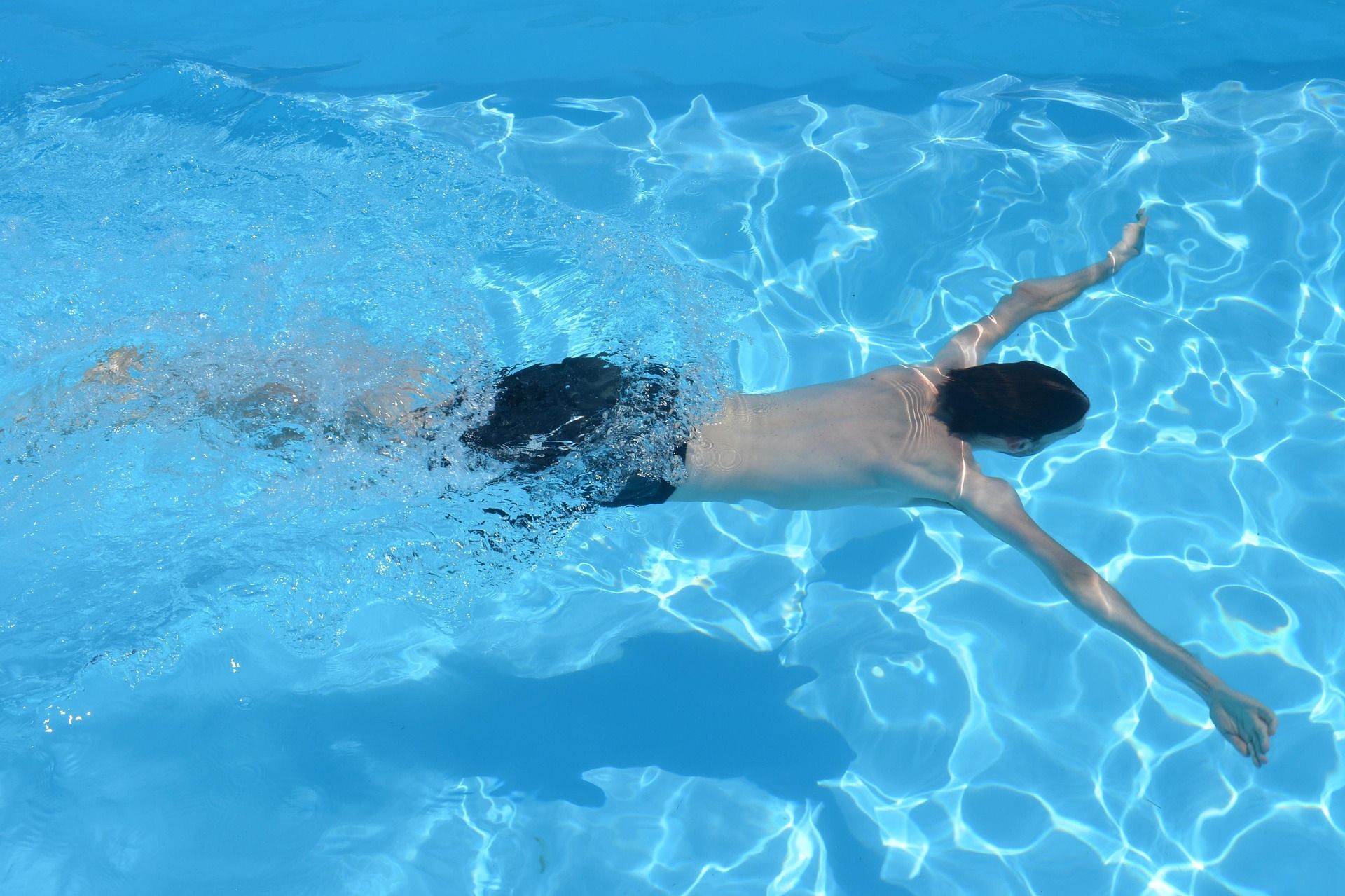
Owning a swimming pool can be one of life's greatest pleasures, providing a refreshing escape during hot summer days and a vibrant spot for family gatherings. However, with that joy comes the responsibility of maintenance, which primarily revolves around pool equipment. From pumps to filters to heaters, the efficiency of your pool hinges on the reliable functioning of these vital components. Unfortunately, failures can and do happen. In this blog, we will explore common pool equipment failures and offer practical solutions to fix them. 1. Pump Problems Symptoms of Failure: Inconsistent water flow, Unusual noises (grinding, whining, etc.), Pump runs but doesn’t push water Possible Causes : Clogged impeller - Air leaks in the suction line - Motor failure Solutions : To tackle pump issues, start by checking for clogs. Turn off the pump, remove the strainer basket, and clear away debris. If the motor is making odd noises, it may be due to a failing bearing, which may need lubrication or motor replacement. For air leaks, inspect all connections and seals along the suction line. Tighten loose fittings and replace any damaged O-rings. 2. Filter Failures Symptoms of Failure : Cloudy or dirty water, High pressure gauge readings, Slow return of water to the pool Possible Causes : Clogged filter media (sand, cartridge, or DE) - Broken or malfunctioning multiport valve - not enough flow due to pump issues Solutions : Clean or replace filter media according to manufacturer recommendations. For sand filters, you may need to backwash; for cartridge filters, simply remove and rinse or replace the cartridge. If the multiport valve is not functioning correctly, ensure it is set to the right position. If it’s broken, it may require repair or replacement. 3. Heater Malfunction Symptoms of Failure : Inadequate heating or inconsistent temperature, Error codes on electronic heaters, unusual odors or sounds Possible Causes : Thermostat issues - Sediment buildup - Failed heating element Solutions : For heater issues, start by checking the thermostat settings. If the heater is not reaching the desired temperature, you might need to recalibrate the thermostat or replace it. If you suspect sediment buildup, flushing the heater can often resolve the issue. If the heating element is burnt out, it will need replacing. 4. Chlorinator Issues Symptoms of Failure : Low chlorine levels despite adding chlorine, Cloudy or discolored water, Excessive chlorine levels Possible Causes : Clogged chlorine cell- Electrical issues- Incorrect settings Solutions : If your chlorinator appears clogged, turn off the system and remove the chlorine cell for cleaning. Soak it in a hydrochloric acid solution to break down any buildup. Ensure all electrical connections are secure and the settings are adjusted based on current pool conditions. If the problem persists, the cell may need replacement. 5. Automatic Cleaner Failures Symptoms of Failure : Cleaner does not move or get stuck, Leaves debris behind, Reduced cleaning efficiency Possible Causes : Clogged filters, hoses, or wheels- Improperly set water flow- Damaged parts Solutions : Inspect the automatic cleaner for clogs in the hose or debris in the filter. Clean the wheels and inspect for wear. Sometimes, simply adjusting the water flow can enhance performance, as too much or too little pressure can impair functioning. If parts are cracked or broken, they may require replacement. 6. Lighting Failures Symptoms of Failure : Lights flickering or not turning on, Uneven illumination, Breakage or cord issues Possible Causes : Burned-out bulbs - Electrical connection problems - Wrong voltage supply Solutions : Start by replacing burned-out bulbs. For flickering issues, inspect the socket and wiring for wear or signs of electrical shorting. Ensure the voltage supply is stable and adequate for the lights installed. If electrical issues persist, consult a professional electrician to ensure safety and compliance. 7. Water Quality Systems Symptoms of Failure : Algae growth or recurring bacteria, Pool chemistry readings are unstable, Cloudiness or discoloration Possible Causes : Malfunctioning sensors or components - Incorrect chemical levels - Poor circulation Solutions : Regularly test your pool’s water chemistry to identify imbalances. If you suspect issues with water quality systems, inspect sensors and calibration. Cleaning the pool and ensuring adequate circulation can significantly improve water issues. Shock treatments can also tackle algae and bacteria growth. Final Thoughts Understanding these common pool equipment failures and knowing how to address them empowers you as a pool owner. Regular maintenance, coupled with a proactive approach in dealing with problems as they arise, can extend the life of your equipment and keep your water crystal clear and inviting. Always consult professionals when issues seem beyond your knowledge or expertise to ensure safety and effectiveness in your repairs. Happy swimming! When it comes to swimming pool repairs the Las Vegas area, homeowners can rely on 1 Awesome Pool Solution! When you need equipment replacement, resurfacing work, pool remodeling, pool deck construction, or swimming pool repairs, we're the team to call! We have the expertise you need to get the job done right the first time. Founded in 1997, our pool repair company has been serving the Las Vegas area for decades. When it comes to your pool, quality is everything. We take pride in being the pool repair company the Las Vegas community trusts! Contact our team at 1 Awesome Pool Solution today to get started. We look forward to making sure you have a 1 Awesome pool at your home ! Call us today at (702) 381-1197
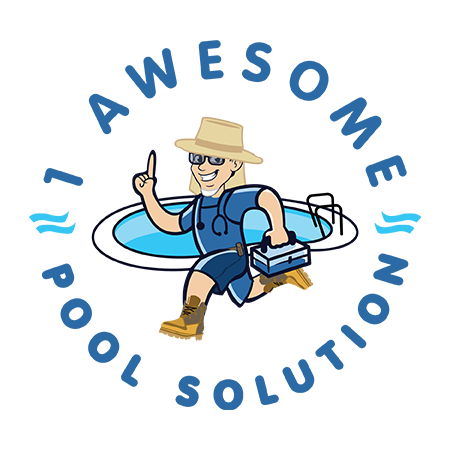

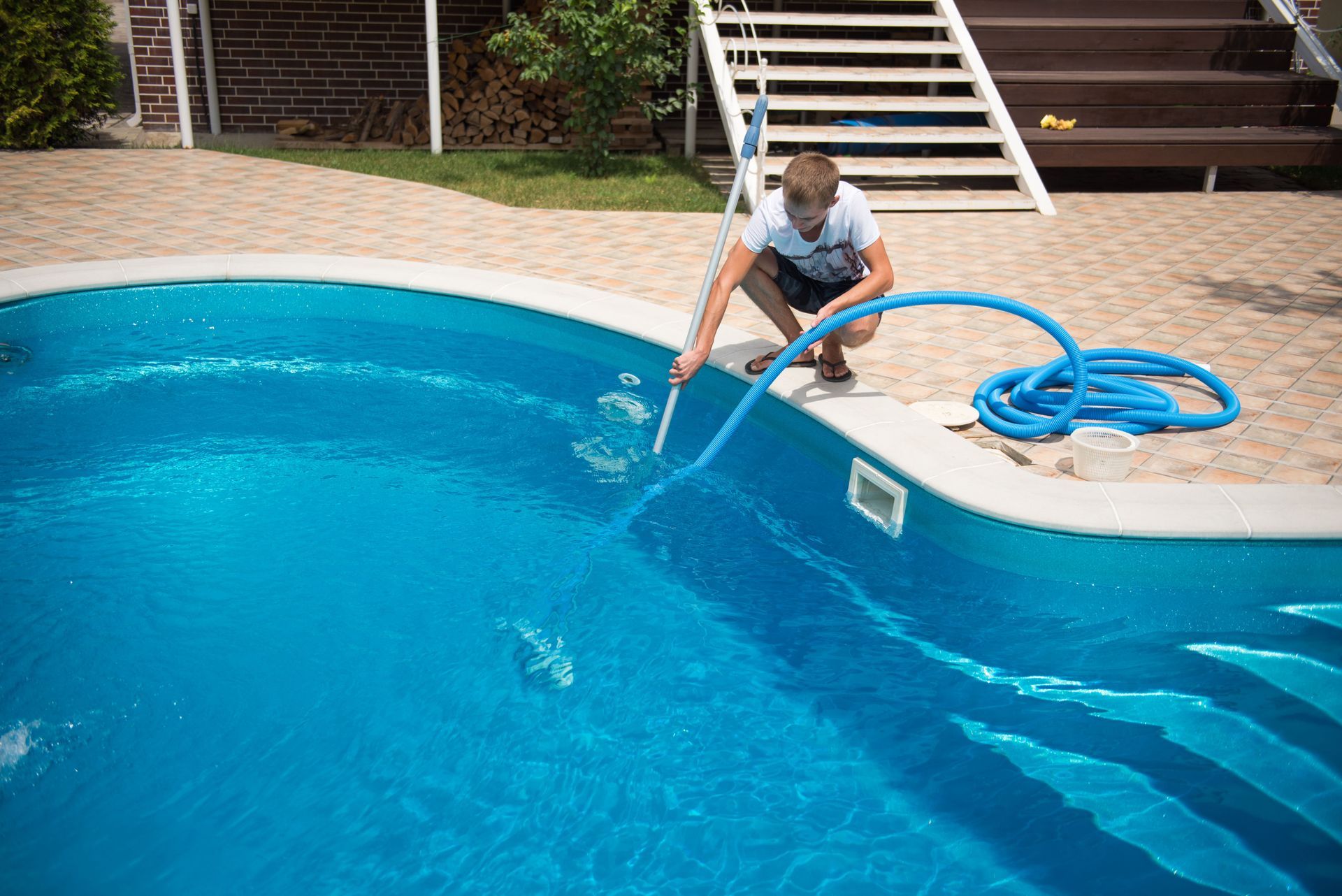
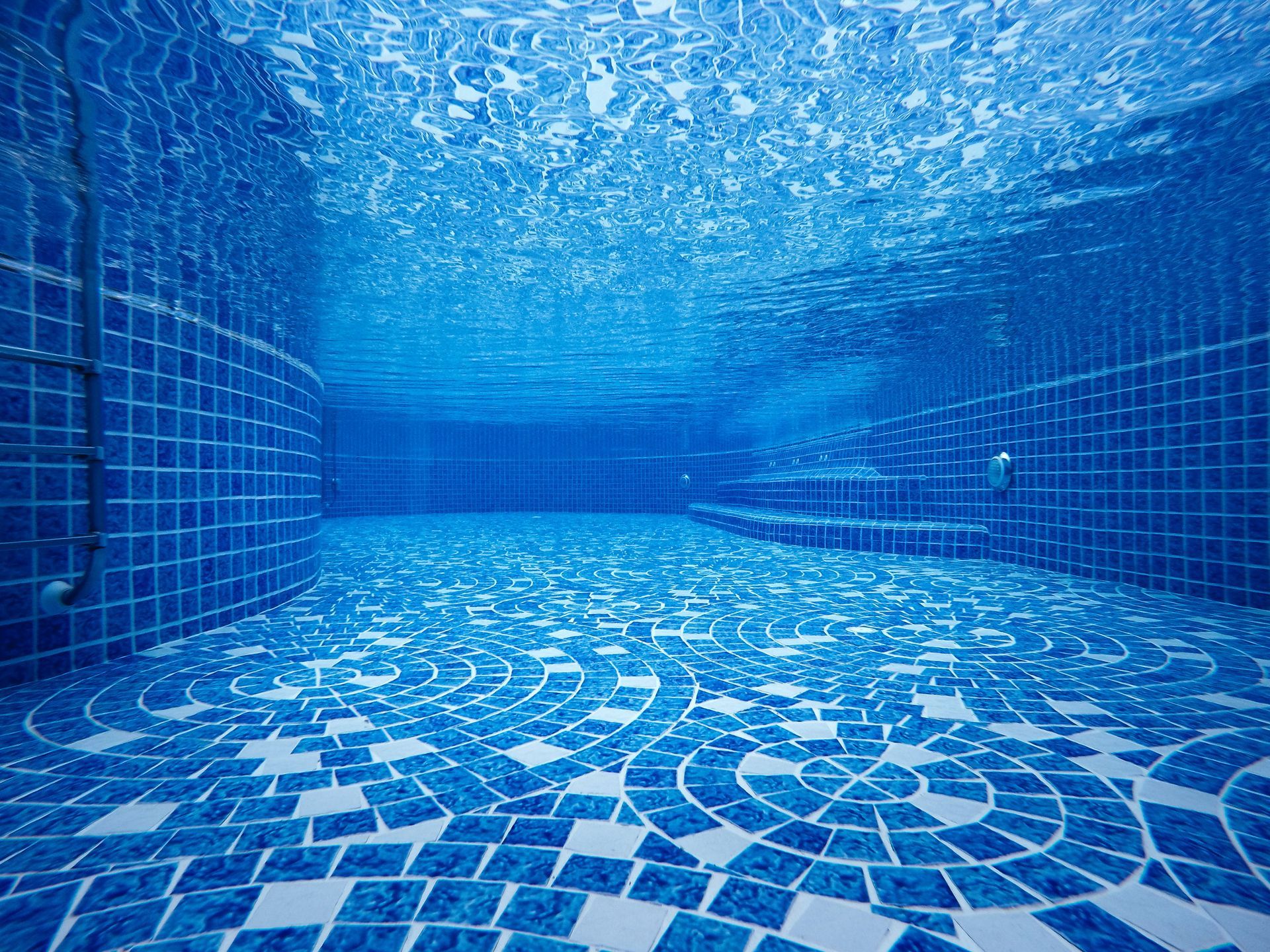
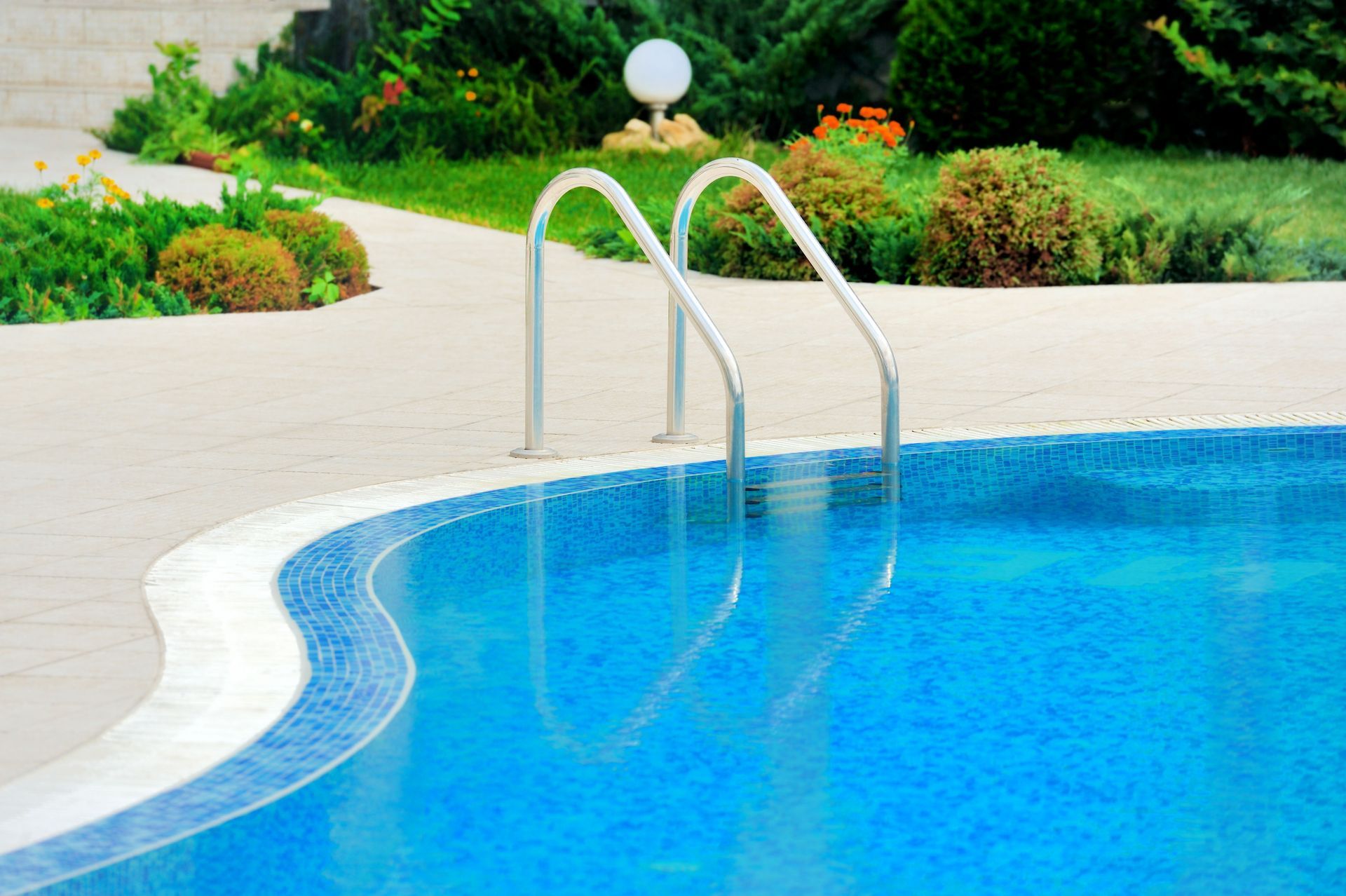
Share On: